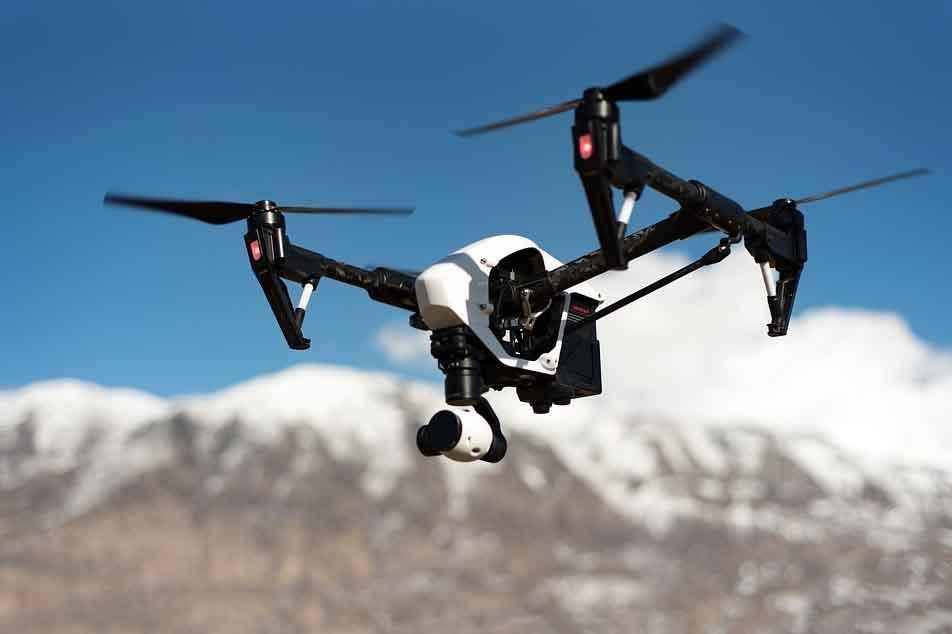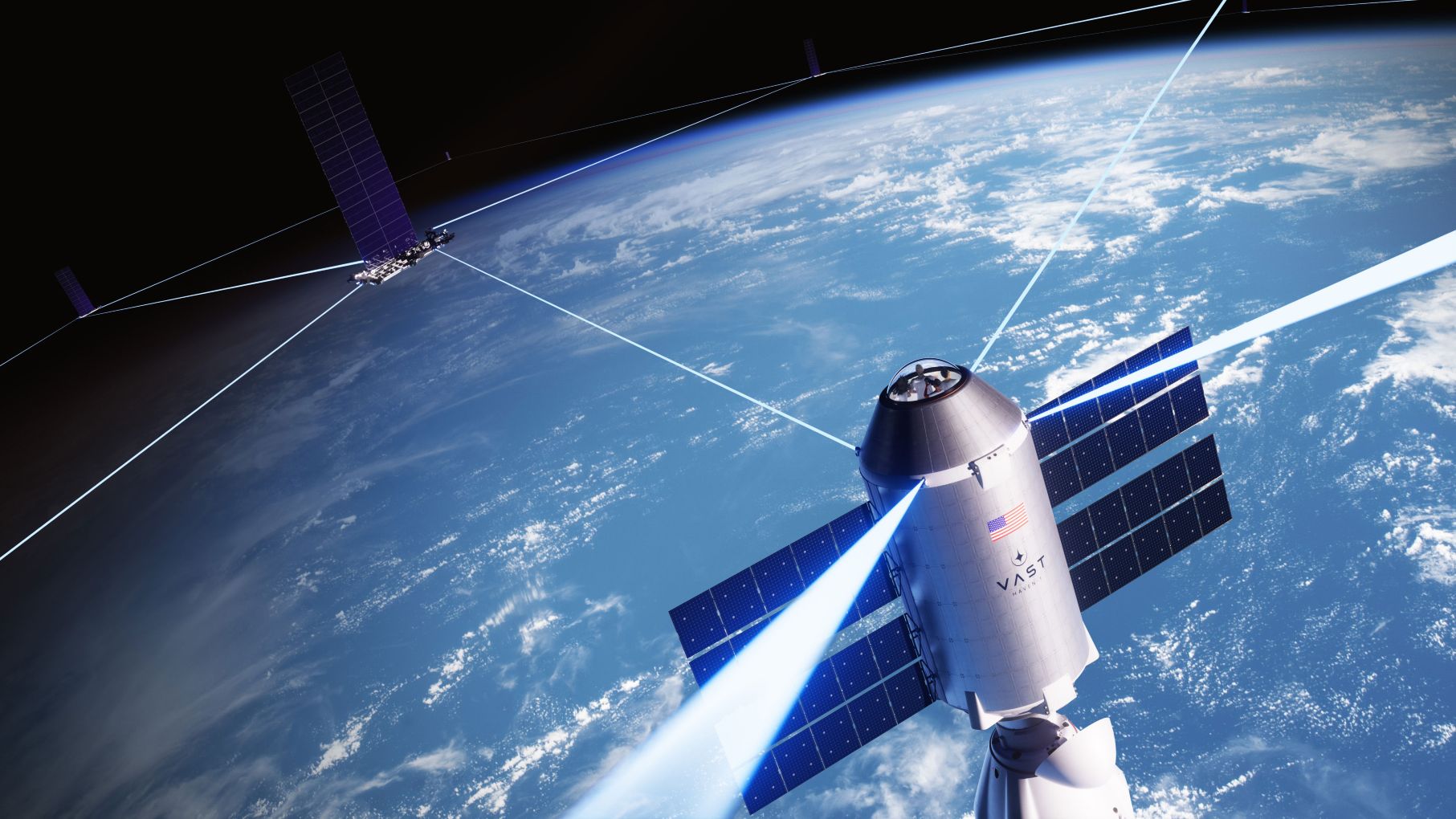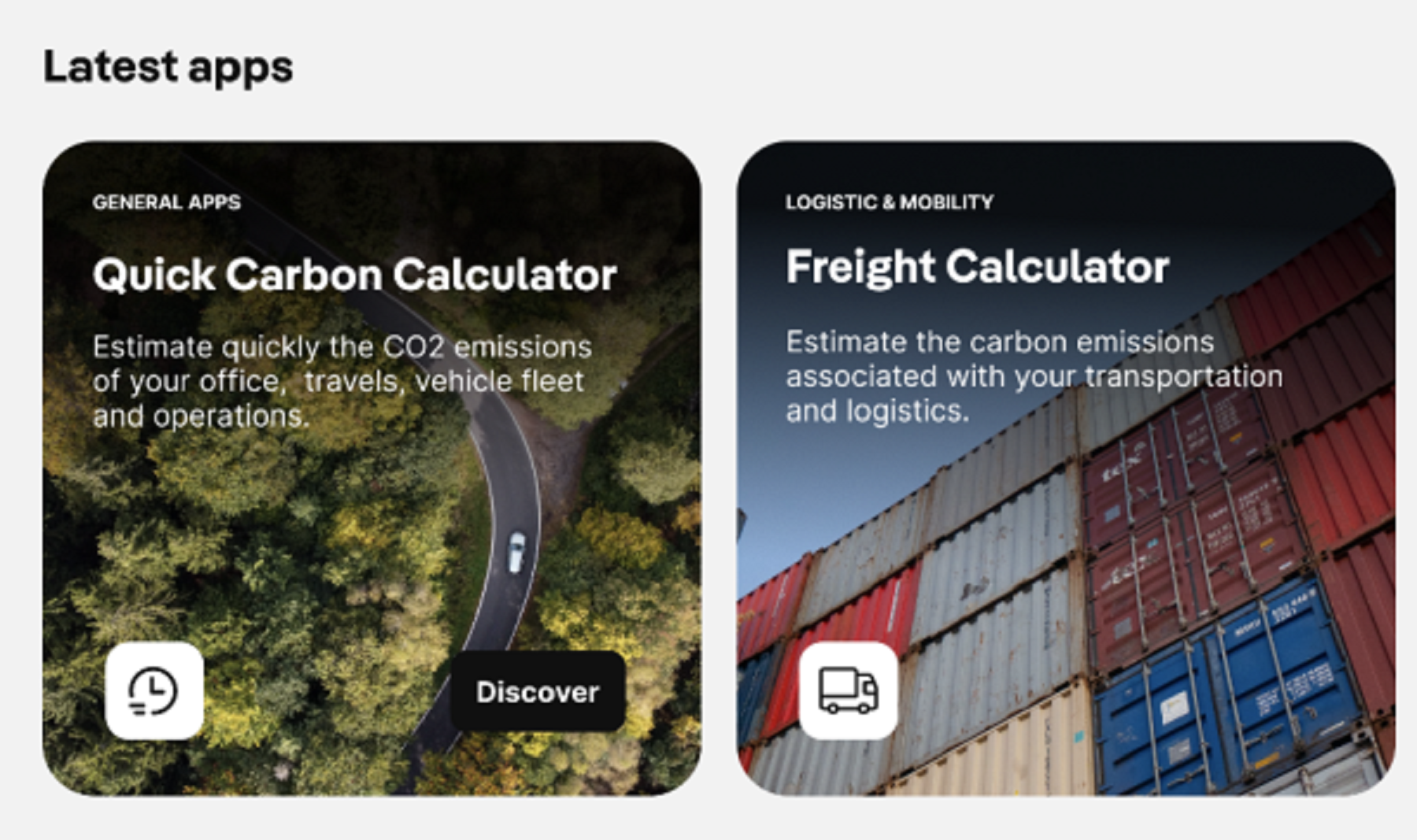DJI FPV Combo is a Stunning Ready-to-Fly Configuration

DJI is known as the world’s leader in civilian and commercial drone technology and their products are among some of the greatest available. Always pushing the boundaries of their innovations, DJI has impressed casual consumers, drone enthusiasts and industry professionals alike since their all-in-one drone solution debuted with the Phantom back in 2013.

Since then, the Phantom series has undergone many iterations and changes, improving with each subsequent model and DJI’s commitment to technological innovation is second to none in the drone industry. Improvements in camera tech, rotor response, and automatic stabilization are just some but DJI has now entered the FPV arena as well.
First Person View drone technology has been around for a while now and offers a more immersive experience than that of a traditional 2D monitor or mobile device setup. Utilizing VR technology, FPV can relay high definition 3D imagery to a user through specially designed goggles similar to, but not the same as VR headsets.
With their entry model FPV drone, DJI has already demonstrated an impressive technological advantage over other systems of the same type, including:
- Next-generation FPV
- Advanced flight technology
- Impressive transmission system
Video imagery alone, the DJI FPV is impressive but latency, range, and FOV provide a stunning experience while major advancements to DJI’s flight technology including automatic sensors and intuitive controls make it a great choice for novice and professional pilots alike.
The Next Generation of FPV Technology
The latest innovation from DJI is an all-in-one solution to any first-person view configuration that packs a powerful punch in terms of technology and accessibility. The latest DJI FPV Combo integrates DJI’s famous rotary engineering with the latest advancements in first-person view technology resulting in the next generation of FPV that has essentially set the standard for the genre.
Immersive flight has taken a new meaning and will almost definitely become synonymous with DJI. Using DJI FPV Goggles V2, thrilling flight can be experienced with stunning 120fps HD VR as fast as the drone can go through a high-spec cinematic camera.
Mounted on a 1 axis gimbal, a 12MP camera provides a 150 degree field of view up to 4K with a transmission speed of 120Mbps. This allows for capturing stunning, high-quality imagery at very high speeds or advanced maneuvers with reduced defects thanks to the integration of RockSteady image stabilization.
Straight out of the box, the DJI FPV set includes Goggles V2 and the new model drone itself. An impressive and capable-looking machine, the latest drone has impressive maneuverability and speed. Unlike other FPV drones, the DJI combo drone is fully assembled and ready to fly without requiring any specialist knowledge and as for flight, comes with a ‘Return to Home’ feature with emergency brakes and hover modes and an integrated GPS system.
Flight batteries and goggles batteries are also included and last for an impressive amount of time. The flight time of this particular drone is impressive since it is almost double that of any other models available. Using Lithium-Polymer batteries, traditional FPV drones get around 10 minutes of flight time while DJI’s “Intelligent Battery” can provide up to 20 minutes while the FPV Goggles V2 battery lasts for around 110 minutes between charges.
DJI FPV Goggles V2 can also be used on other models including the Mavic Mini.
Piloting Features for Any Level of Expertise
Advancements in flight and navigation technology make the DJI FPV one of the most impressive models available as there are many settings and modes designed to accommodate all experience levels of drone pilots from the beginner and learner range to the professional pilot or camera operator.
The FPV drone can reach speeds of up to 60mph in 2 seconds while in its hybrid S Mode, making it an extremely quick machine with the flight maneuverability of a high-end racer drone and the acceleration of an enthusiast modded machine with advanced flight abilities across 3 intuitive flight systems:
- Normal Mode
- Manual Mode
- Sports Mode
Each of these has been designed with differing levels of piloting in mind and they work as well as DJI hoped. N Mode restricts controls and stabilizes the drone for safety while M Mode unlocks all controls and disengages safety protocols and S Mode provides a daring control system with some of the safety features still in place.
Normal Mode
A navigation system designed with new users in mind, N Mode utilizes state-of-the-art sensors to stabilize the drone and detect and warn of obstacles both stationary and moving. The drone will automatically slow down its flight speed when an obstacle is detected but it’s up to the pilot to maneuver the aircraft away from danger and has a top speed of 33mph while in Normal Mode.
Manual Mode
Developed for the drone enthusiast, M Mode disables most safety features of the drone which allows for full control and advanced flight maneuvers such as rolls and loops providing both an exciting FPV experience as well as amazing camera footage. Sensors and hovering capabilities are also disabled while in Manual Mode which is why this is recommended for experienced pilots who can also enjoy a mind-blowing 87mph flight speed in this mode.
Sports Mode
A hybrid control system for intermediate or semi-professional pilots, S Mode is a mixture of features from N and M modes such as stabilization hovering but also provides a little more maneuverability than N Mode. S Mode is a great intermediary between N and M Mode while learning to pilot the drone with some advanced techniques or daring to try something new with Sports Mode’s 60mph speed.
An Advancement in DJI’s OcuSync Technology
The sleek and aerodynamic design of the FPV drone is powered by one of DJI’s best propulsion systems which means it is a very quick machine indeed. In order to keep up with the unparalleled speed of the FPV drone, a new transmission system is required and the DJI OcuSync has seen significant improvements with the new release.
OcuSync 3.0 is the next generation of DJI’s OcuSync system that was specifically designed to meet the requirements of FPV drone piloting. Operating via a dual-band system of 2.4GHz and 5.8GHz, an enhanced signal allows high definition video to be compressed and recorded or broadcast seamlessly with extremely low latency of 28ms over a 10km range.
The latest OcuSync technology still allows for dual connection to the drone including pilot controls and gimbal operation. An impressive array of transmitters and receivers facilitate high gain that reduces any stuttering and artifacts that arise from maneuvers and real-time compression.
Seamless 50mbps 4K video can be transmitted from the drone’s impressive camera straight to the receivers mounted on the Goggles V2 headset and then stored or uploaded automatically.
There are three modes for transmission:
- Audience
- Smooth
- HD
These three intuitive modes provide varying levels of image quality based on what you need when you want it. The system’s fully digital transmission system over analog provides a consistent signal that further improves the quality of the image and reduces signal interference.
Audience Mode
This transmission setting allows other people with Goggles V2 to actually join your feed and view your FPV camera transmission in real-time.
Smooth Mode
With a high frame rate setting combined with low latency, Smooth Mode provides a clear and stable image.
HD Mode
HD Mode transmits a real-time image on HD quality straight from the camera to the FPV Goggles V2.
When considering the DJI FPV all-in-one system it’s difficult to think of anything bad to say about it. Given its out-of-the-box configuration, which alone makes it the best FPV choice over all the others, this is a machine that automatically caters to beginners who don’t know how to build a drone and professionals who don’t have the time.
The different modes and sensors built into the machine combined with the extra-long battery life mean that the DJI FPV can provide all the shots you need in one session or provide enough time to learn how to pilot the drone.
For any user, the transmission rate is important and OcuSync 3 is leaps and bounds ahead of other FPV camera transmission technologies with a digital signal that looks as sharp and clear as a high-end GoPro which is further enjoyed with Audience Mode.





